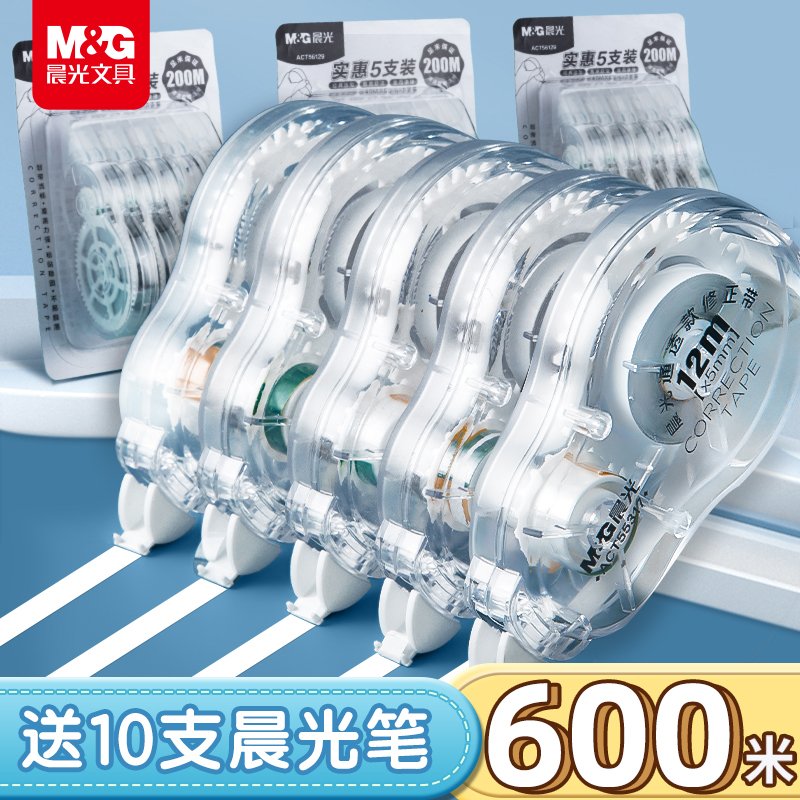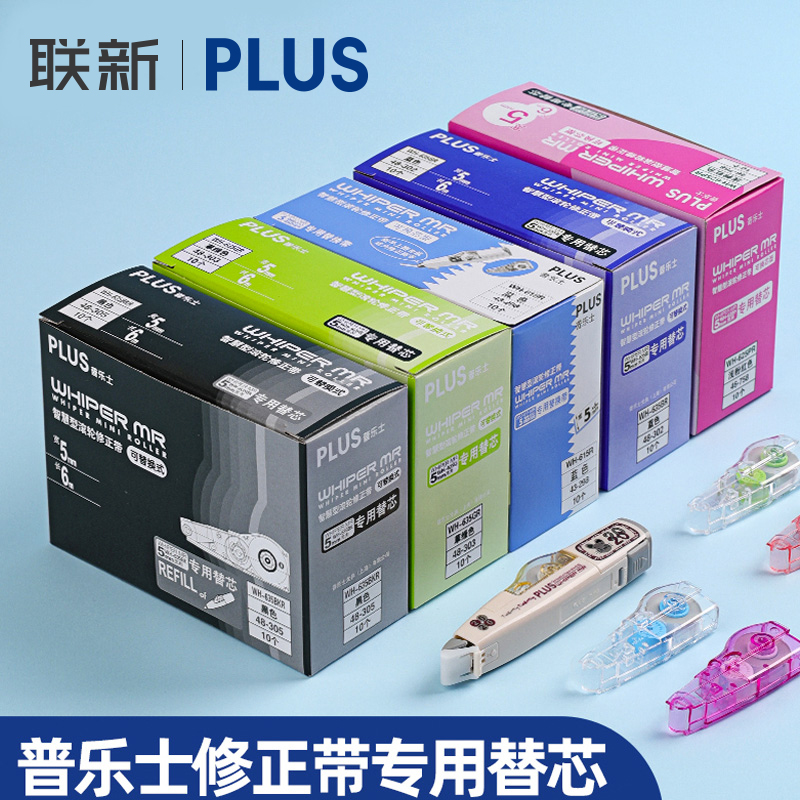探索学习用品的多样化功能
峎迥匞
2024-10-18 00:01:03
0次
探索学习用品的多样化功能
随着科技的进步和教育方式的变革,学习用品的种类和功能也在不断丰富和拓展。从简单的文具到集成了先进技术的智能设备,学习用品的多样化功能为学生的学习提供了更多的可能性。本文将探讨学习用品的多样化功能及其在实际学习中的应用。
一、传统文具的革新
传统文具如铅笔、橡皮、尺子等,经过改良和创新,也具备了更多的功能。例如,一些铅笔现在配备了可擦写笔芯,方便学生在书写过程中随时修改错误。此外,一些文具还增加了灯光设计,如可调色温的书灯,不仅用于照明,还可以模拟日光帮助调整学习环境的光线条件。
二、智能学习设备
智能学习设备的发展尤为显著,例如电子书包和平板电脑等。电子书包集成了存储、阅读、互动等功能,学生可以随时随地访问电子教材、完成作业和参加在线课程。平板电脑则配备了丰富的教育应用软件,帮助学生进行自主学习和个性化学习。此外,一些智能笔和智能本子还能与电脑或手机连接,记录书写内容并实时同步至电子设备。
三、教育辅助工具
除了上述传统文具和智能设备外,还有许多教育辅助工具如投影仪、白板、语音识别器等。这些工具可以帮助学生更好地理解和掌握知识。例如,投影仪可以将图像和文字放大并投射到屏幕上,方便学生观看和理解;白板则可以作为学生与老师之间的互动平台,用于绘制、演示和交流。此外,语音识别器能够识别学生的口音和发音,帮助提高学生的口语能力。
四、学习用品的多样化功能在实践中的应用
学习用品的多样化功能在实际学习中发挥了重要作用。例如,在数学课上,学生们可以使用带有计算功能的电子计算器来快速解决复杂的数学问题;在英语课上,学生们可以使用带有语音识别功能的设备来练习发音和提高口语水平;在美术课上,学生们可以使用可调节光线的书灯来创作画作。这些工具的多样化和便捷性大大提高了学生的学习效率和兴趣。
英文翻译:
Diversified Functions of Learning Tools Explored
With the progress of technology and the evolution of educational methods, the types and functions of learning tools are constantly enriching and expanding. From simple writing instruments to advanced technology-integrated smart devices, the diverse functions of learning tools provide more possibilities for students' learning. This article will explore the diverse functions of learning tools and their applications in practical learning.
I. Innovation in Traditional Writing Tools
Traditional writing tools such as pencils, erasers, and rulers, after improvement and innovation, have more functions. For example, some pencils now come with erasable cores that allow students to correct mistakes easily during writing. Additionally, some writing tools come with lighting designs, such as adjustable color temperature book lights that not only provide illumination but also simulate daylight to adjust the light conditions of the learning environment. II. Smart Learning Devices The development of smart learning devices is particularly notable, such as electronic bookbags and tablets. The electronic bookbag integrates functions such as storage, reading, and interaction, allowing students to access electronic textbooks, complete homework, and participate in online courses anytime and anywhere. Tablets are equipped with a rich variety of educational apps that help students engage in independent and personalized learning. Furthermore, some smart pens and smart notebooks can connect to computers or mobile phones to record writing content and synchronize it in real-time to electronic devices. III. Educational Aid Tools Besides the aforementioned traditional writing instruments and smart devices, there are also many educational aid tools such as projectors, whiteboards, voice recognizers, etc. These tools can help students better understand and master knowledge. For example, projectors can enlarge and project images and text onto screens for easier viewing and understanding by students; whiteboards can be used as an interactive platform between students and teachers for drawing, demonstration, and communication. Additionally, voice recognizers can recognize students' accent and pronunciation to help improve their oral skills. IV. Applications of Diverse Functions of Learning Tools in Practice The diverse functions of learning tools play an important role in practical learning. For example, in math class, students can use electronic calculators with calculation functions to quickly solve complex mathematical problems; in English class, students can use devices with voice recognition functions to practice pronunciation and improve their oral skills; in art class, students can use adjustable light book lights to create paintings. The diversity and convenience of these tools greatly improve students' learning efficiency and interest.
上一篇:不同类型学习用品的优缺点比较
下一篇:学习用品:多功能笔的便利性与作用
相关内容
热门资讯
修正带与普通涂改液的对比评测
本文对比了修正带与普通涂改液在使用方式、修正效果、便携性、干燥时间和安全性等方面的差异。修正带便于携...
修正带的使用技巧与正确选择方法
修正带使用技巧:确保准备充分,定位准确,均匀施加压力,注意细节。修正带选择方法:考虑颜色、材质、品牌...
修正带的工作原理及使用注意事项
修正带是一种用于修正书写错误的文具,其工作原理为特殊胶带覆盖原有内容。使用时需确认内容、正确操作、避...
修正带使用技巧大揭秘:让你轻松...
本文介绍了修正带的基本使用方法和实用技巧,包括精确修改、避免重复、保持干燥和搭配使用等,帮助读者轻松...
修正带如何选?一文带你了解所有...
本文详细介绍了如何选择修正带,包括类型、颜色、粘性及干燥速度、包装品质和使用场景等方面。修正带是学习...
保护学习成果:修正带的使用技巧...
文章摘要:本文介绍了修正带的使用技巧与注意事项,包括选择合适的修正带、掌握修正方法及注意事项等,强调...
修订错处:修正带的功能与特点
修正带功能强大,可快速便捷修正各类书写错误,其特点包括快速干涸、色彩鲜明、适用广泛、环保无害及耐用性...
解析修正带与修正液的区别,你选...
本文解析了修正带与修正液的区别,包括使用方式、效果和适用场景等方面的差异。修正带方便快捷,适合大面积...
学习用品的演变:从古至今的文具...
文章摘要:学习用品从石器时代的天然材料,到纸张、墨水、笔具的古代文明,再到现代电子设备和智能学习工具...
修正带的正确使用方法,让你的笔...
本文介绍了修正带的使用方法及如何使用其使笔记更整洁。首先需正确安装并选择合适位置放置修正带,以稳定均...



